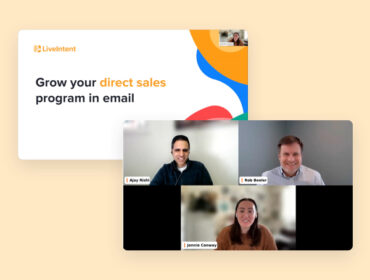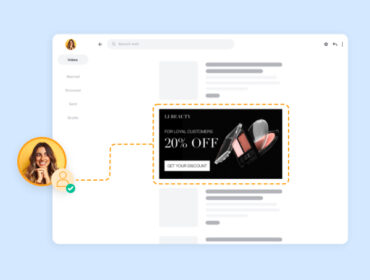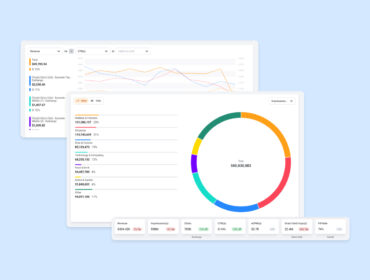4 ways to monetize your first-party data in 2022
Publishers know they need to collect first-party data from their audiences — no more relying on third-party cookies or losing valuable insights to walled gardens.
With Google Chrome’s third-party cookie deprecation still on the horizon and Apple rolling out new privacy protection features like they’re going out of style, publishers of all sizes — from The New York Times to niche blogs — are realizing the importance of gathering information from owned and operated channels like email.
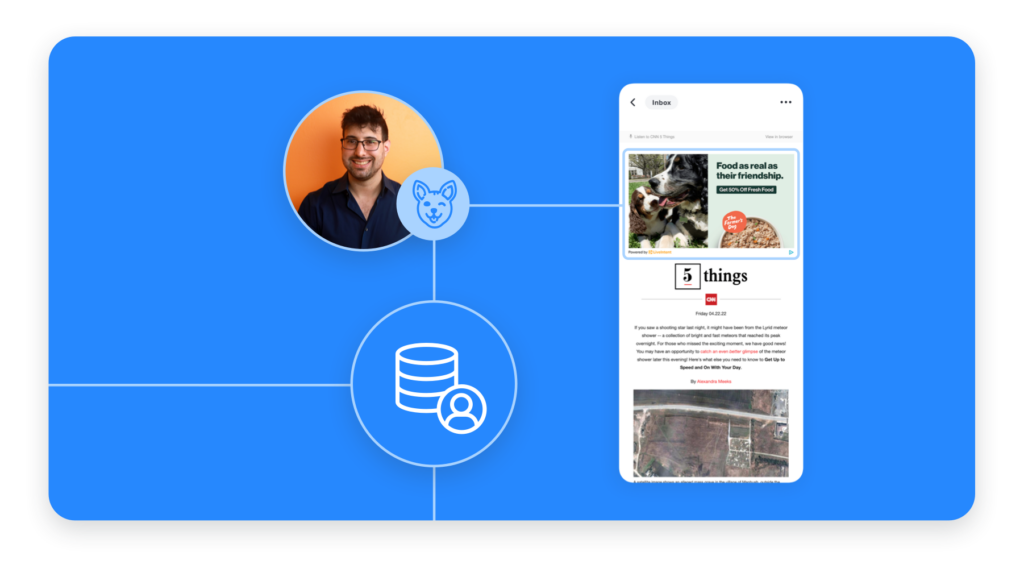
So, now that publishers are plugging into the power of first-party data, the question becomes: How exactly can they use that data to drive revenue and engagement?
LiveIntent partnered with CoLab Media Consulting and Beeler.Tech to find out. According to our Rev Ops Barometer H2 2021 report, revenue and ad ops professionals from across the globe identified four key ways to monetize their first-party data over the next couple of years.
Here’s how.
1. Target audiences in contextual environments
Almost 70% of publishers plan to offer contextual targeting to advertisers, helping them reach captive audiences in trusted and relevant environments.
Morning Brew, for example, publishes a suite of email newsletters across verticals, with offerings like Emerging Tech, Retail Brew, and Marketing Brew. This gives advertisers the opportunity to launch campaigns alongside the content that makes the most sense for them. A tech brand, for instance, might run ads in the Emerging Tech newsletter and a fashion brand might run ads in the Retail Brew newsletter.
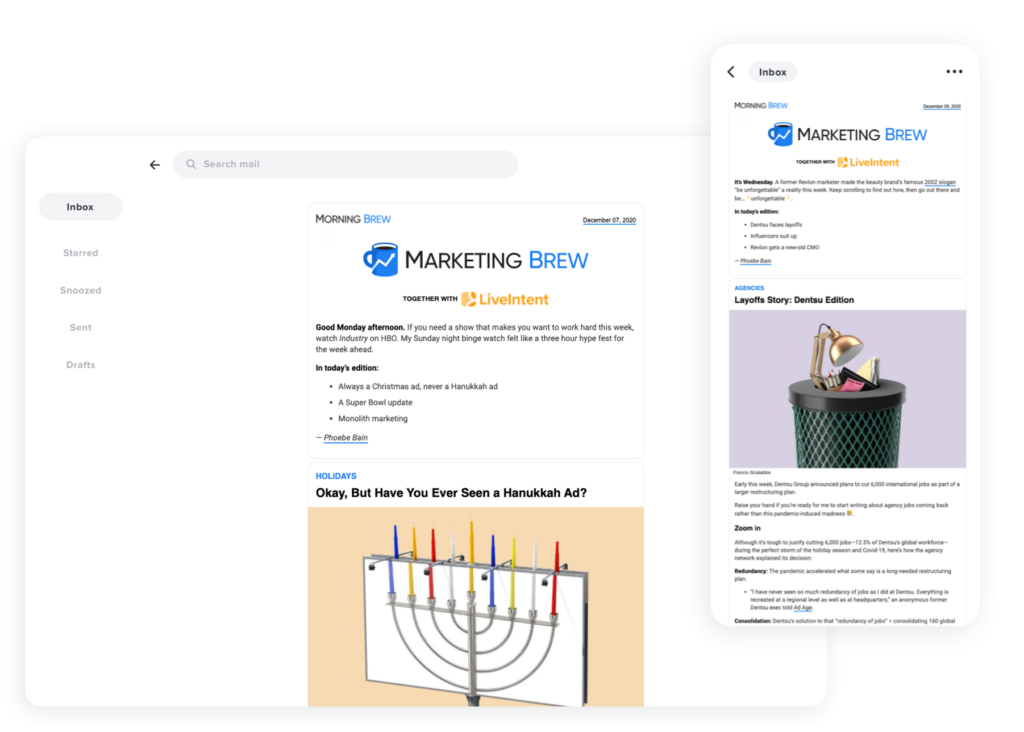
With this approach, Morning Brew drives a whopping 95% of its revenue from email monetization.
2. Leverage audience insights through programmatic direct deals
Fifty-seven percent of publishers intend to strike programmatic direct deals with advertisers, using their first-party audience insights to create enticing inventory packages.
In 2020, for example, The New York Times phased out its third-party ad data and launched its own first-party data platform to fuel direct-sold and programmatic ads. The publisher unveiled forty-five new, first-party audience segments for ad targeting across categories like age, income, business, and interests. They also launched a feature that lets advertisers target readers based on the emotions they feel when reading certain content.
“We don’t want to start with making assumptions about who our readers are,” says Jay Glogovsky, senior director of revenue analytics and operations at The New York Times. “Having that foundational data based on voluntary responses will then make our models, which are obviously needed, more accurate than third-party ones, and ultimately produce better results.”
3. Optimize marketing for owned products and services
First-party data isn’t just great for running brand partner campaigns. Publishers can also use that data to optimize their own campaigns and better promote their products and services to subscribers. In fact, that’s what 54% of publishers plan to do.
Take Likemind, a digital media company that uses its high-quality email data to identify unique audience segments and create personalized content.
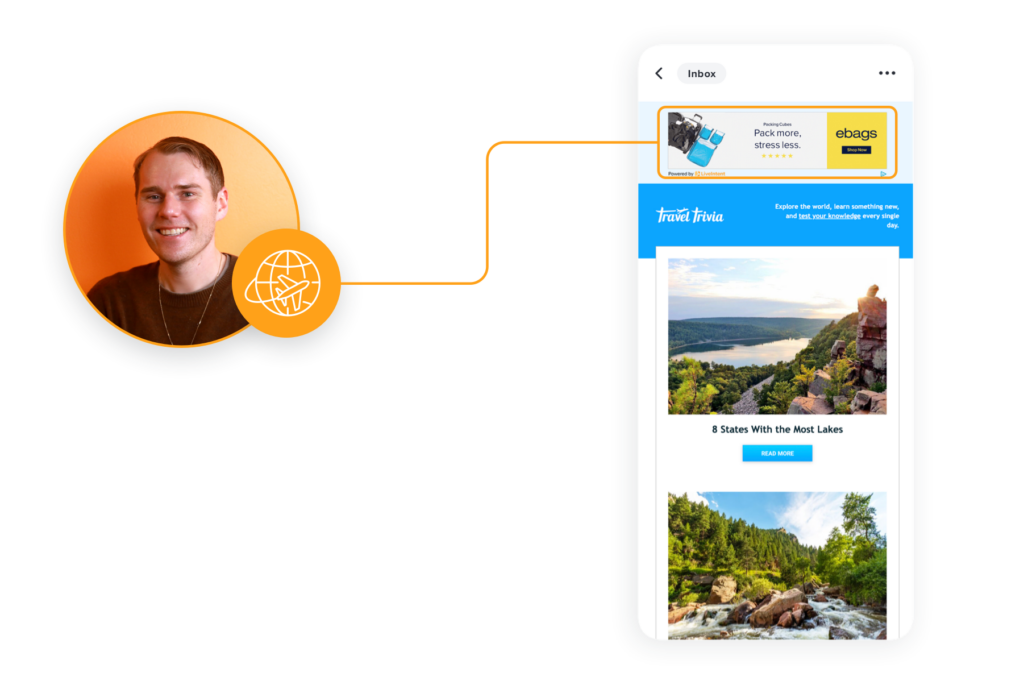
“We can see if a user has an interest in home & garden content vs. travel content vs. sports — based on what they’re clicking on and what they’re interested in,” says Peter Chang, CRO of Likemind. “We can even see at a basic level, ‘Hey, does a user like slideshows like quizzes, or do they like immersive content?'”
Likemind can then use that first-party data to recommend new content and products that match each audience’s interests and preferences. As Chang added, “Using data to give users — especially in a learning environment — a very curated type of experience is just going to increase their engagement and retain them.”
4. Empower advertiser retargeting campaigns
Publishers can use their first-party data to strengthen campaigns retargeting inactive or engaged consumers with customized messaging. By layering their audience data onto a campaign, publishers can improve efficiency and zero in on the actions and interests their advertising partners are seeking. That’s why 45% of survey respondents listed this tactic as one of their top monetization strategies.
Let’s walkthrough one example of what this might look like:
- A local minor league baseball team is running a ticket drive and wants to reach ‘sports fan’ readers in specific counties in Massachusetts and Connecticut.
- However, the team doesn’t want to advertise to anyone who’s bought a ticket in the last 2 months.
- The publisher can layer on the advertiser’s list of recent purchasers and target their own MA and CT newsletter and sports enthusiast audiences to ensure that their promotion is appearing in front of the most relevant readers.
The more publishers know about their audiences, the more creative they can be when it comes to improving campaign targeting with first-party data. LiveIntent is here to help publishers when it comes to putting these tactics into practice.
Still, the topics above are just four key reasons why publishers shouldn’t delay in collecting, activating, and monetizing their first-party data to drive revenue. As Chang says, “First-party data can have many different applications and, longer term, it becomes the machine and the core for how a business operates and grows.”
